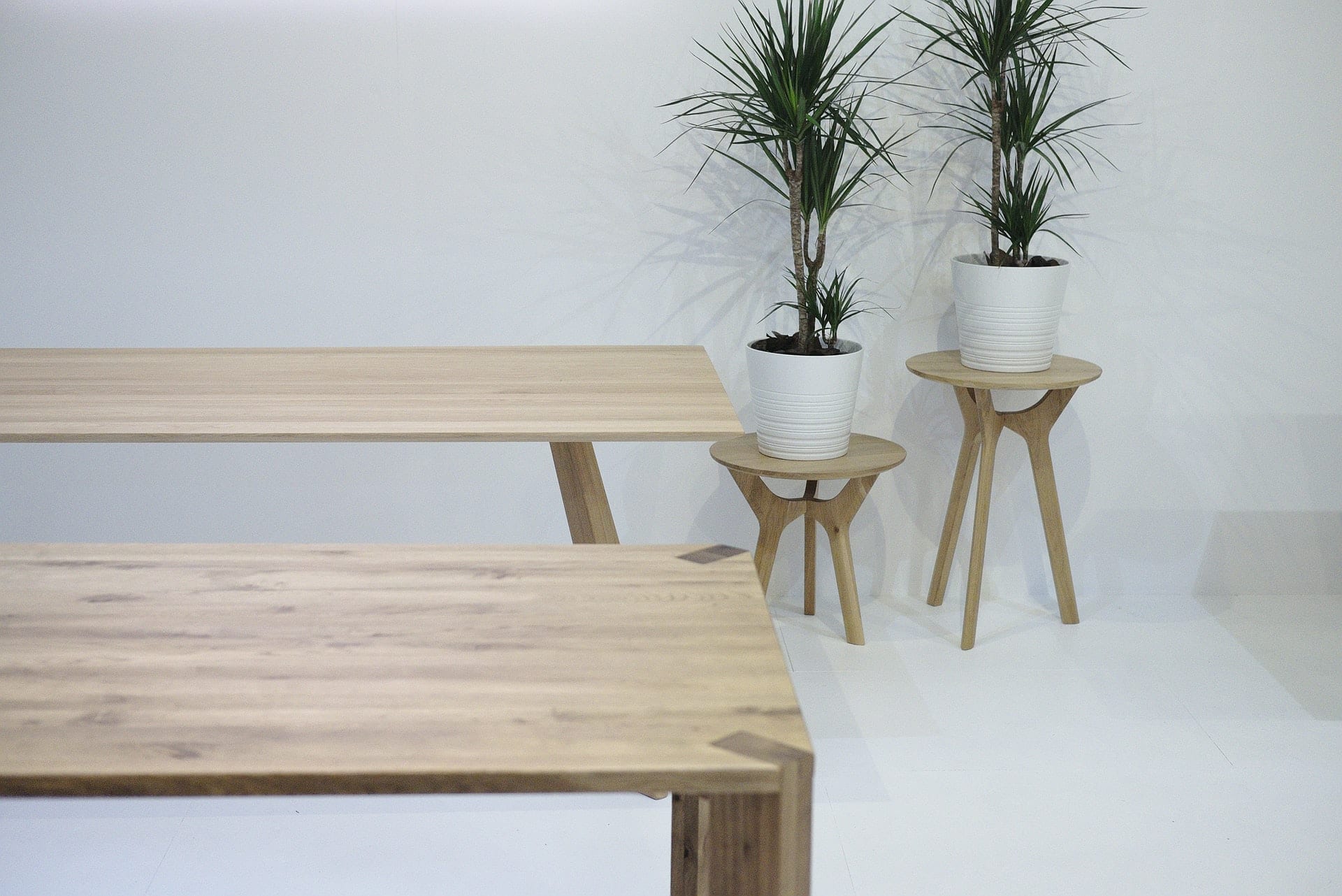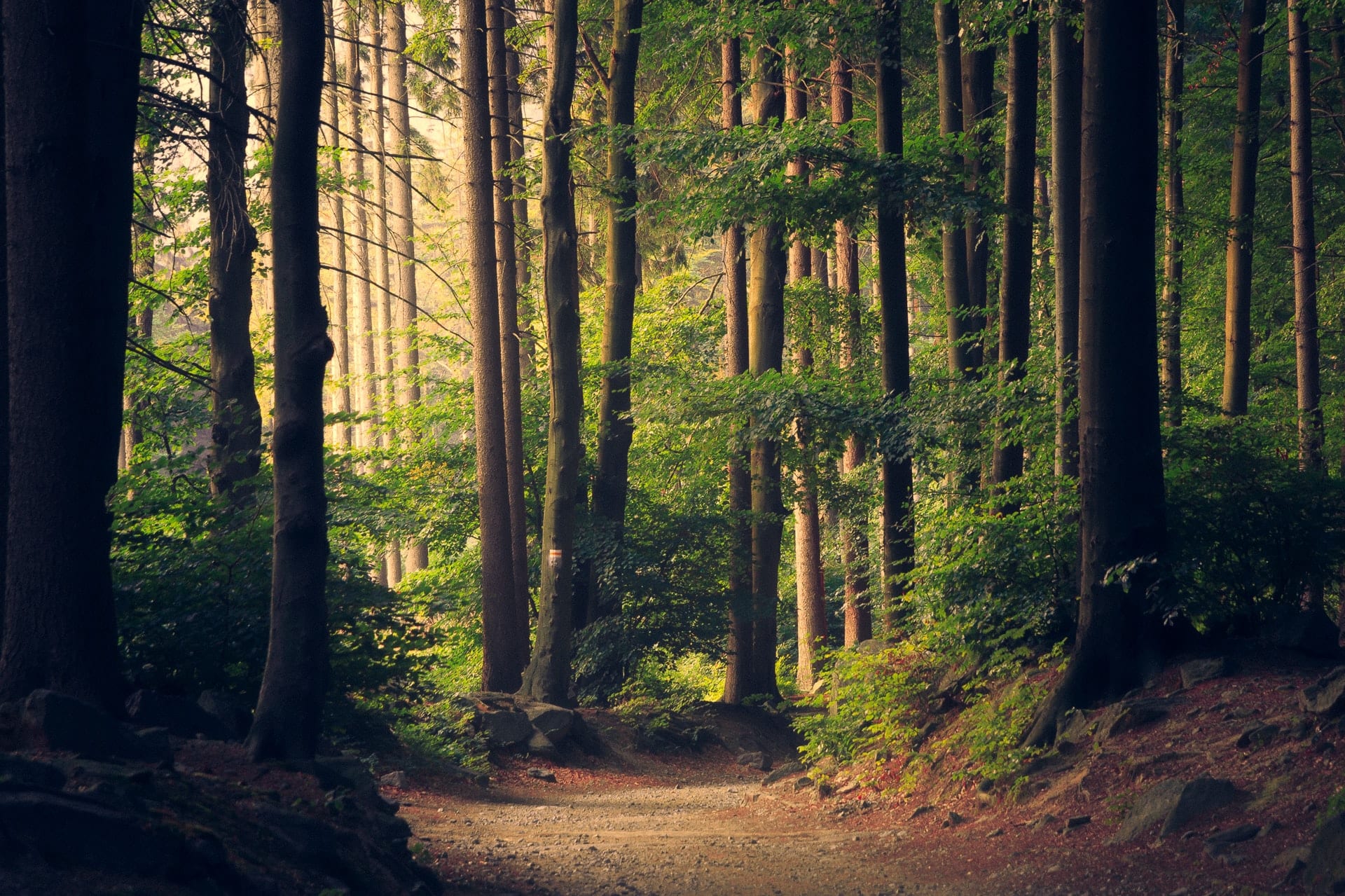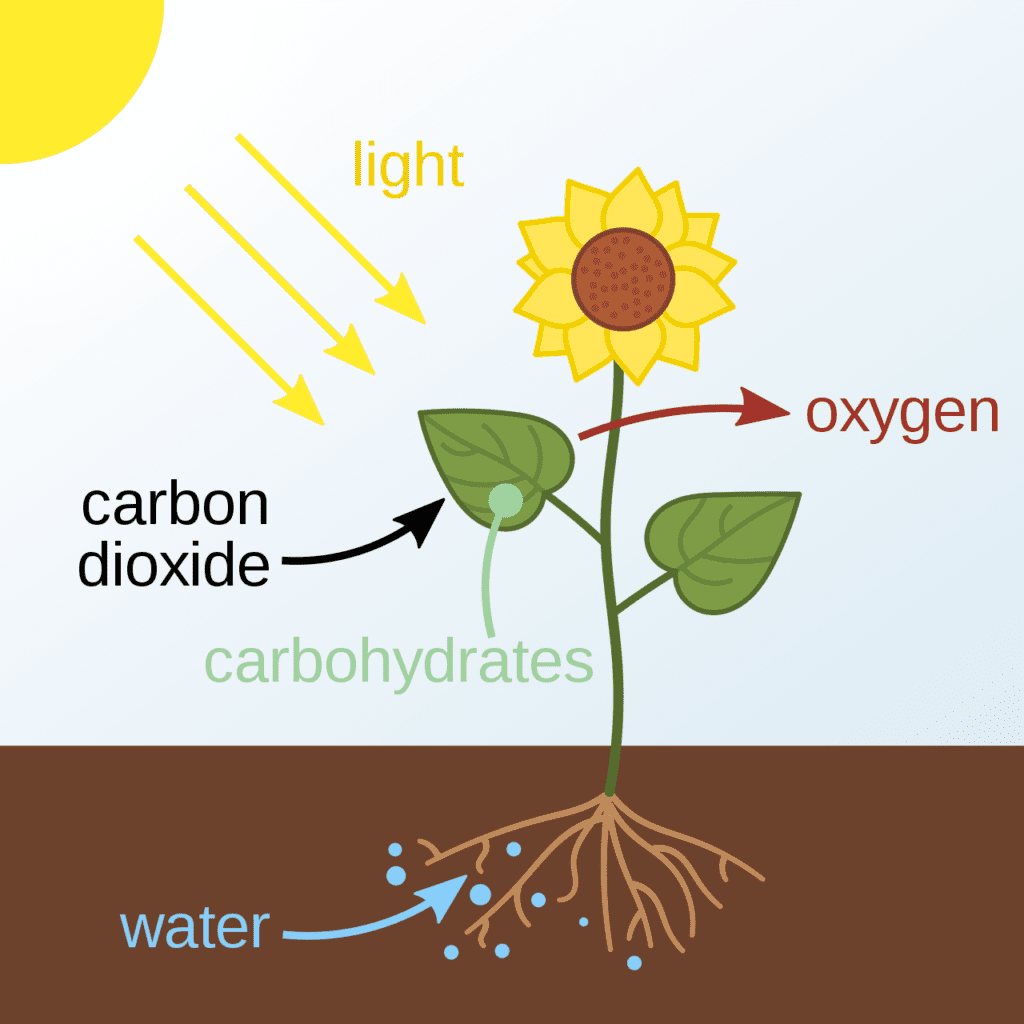In the early 20th century, a group of scientists in Russia carried out a series of experiments in which they attempted to communicate with plants. They believed that plants were sentient beings that were capable of feeling emotions and responding to stimuli, and they attempted to communicate with them using various methods, including talking to […]
In the Middle Ages, people believed that…
In the Middle Ages, people believed that a “mandrake root” was a human-shaped root that grew beneath the gallows where criminals had been hanged. It was believed that the mandrake root would shriek when it was pulled out of the ground, and that anyone who heard the shriek would die. As a result, people would […]
Plant-Based “Stem Cells” Could Possibly Drive an Environmental Revolution
For the last couple of years, my family has been making a conscious effort to buy less plastic.
Certainly we try to avoid single-use plastics, but even for things that we’ll use again and again we try to find more durable, organic or metal alternatives.
But of course, there’s often an environmental cost to wooden items, too. It presents a conundrum.
Until now. Are you ready to have your mind blown? Lab. Grown. Furniture.
I warned you.

Image credit: Goashape via Unsplash
Wooden furniture is gorgeous, and plant fibers are supremely useful for other everyday items too, like clothing.
That’s why bamboo has become so popular–it grows quickly, with less environmental impact.
But now a PhD candidate at MIT, Ashley Beckwith, and her co-author, Luis Fernando Velásquez-García, have a brilliant plan to reduce waste and environmental impacts even further by growing wood in useful shapes (like 2 by 4’s) right in a lab.
MIT researchers including MechE PhD student Ashley Beckwith have proposed a method to grow plant-based materials, like wood and fiber, and have demonstrated the concept by growing a culture of wood-like cells from zinnia leaves, pictured https://t.co/xKtpy1zrbX pic.twitter.com/S8NGMR5rXt
— MIT MechE (@MITMechE) February 16, 2021
The MIT research team has been working with zinnia tissue, and they published their findings recently in the Journal of Cleaner Production.
As Fast Company reports, their goal is to:
…quickly produce in a lab what would take decades to grow in nature. From there, they could even coax wood tissue to grow into fully-formed shapes—like, say, a table—in order to mitigate the environmental harm of the logging and construction industries.
It’s not a completely new concept. Velásquez-García, a scientist in the university’s Microsystems Technology Lab, explains it in pretty simple terms.
“The plant cells are similar to stem cells. They have the potential to be many things.”
And it’s not just human stem cells. Other scientists have had similar success with lab grown meat products.
So isolating the ability to reduce plants down to a version of a stem cell is just the first step.
A team including MechE PhD candidate Ashley Beckwith grew wood-like plant tissue in the lab, which, if scaled up, could perhaps one day lead to the development of lab-grown wood, fiber, and other biomaterials https://t.co/ssoek4MB67
— MIT MechE (@MITMechE) February 17, 2021
Like the meat manufactures who want to grow only the most desirable parts of the animal, Beckwith and team have similar plans for their saplings.
“Trees grow in tall cylindrical poles, and we rarely use tall cylindrical poles in industrial applications.
So you end up shaving off a bunch of material that you spent 20 years growing and that ends up being a waste product.”
Rather than stopping with just growing trees, the team could grow planks, or, rather like 3D printing, they could even guide the development of the plant fiber into the exact shape for its intended purpose.
Of course not every manufacturer has a noble drive to safe the planet.
That’s why this new process is so exciting. It’s so easy, that when compared with the cost of logging, transportation, and everything that goes into cutting down trees to shape them into boards, lab grown trees could actually come out on top, at a lower cost!

Image credit: Lukasz Szmigiel via Unsplash
If the idea of lab-grown veggies freaks you out though, don’t worry. The folks in charge don’t see this being a process that is used to grow food. More like the kinds of plants used to make clothes and industrial materials. There are so many things that could be made from biodegradable plant fibers! Deforestation could become a thing of the past! At least due to human consumption.
How’s that for exciting? Did it blow your mind?
Tell us what you think in the comments!
The post Plant-Based “Stem Cells” Could Possibly Drive an Environmental Revolution appeared first on UberFacts.
In 3rd century China, Han Emperors…
In 3rd century China, Han Emperors required anyone who addressed them to chew on Cloves first to freshen their breath.
The post In 3rd century China, Han Emperors… appeared first on Crazy Facts.
Increase Your Health and Happiness With Biophilic Design
Do you ever wonder why people buy fresh cut flowers for their home? Have you noticed how cultivating potted plants has boomed in popularity since the start of the pandemic?
Interacting with nature makes us happier and healthier. But many of us spend the majority of our lives indoors, so it only makes sense that we would bring nature in along with us.
There’s a word for design dedicated to this practice. No, we’re not talking feng shui, we’re talking biophilic design.

Image Credit: iStock
The concept of biophilic design was introduced by E.O. Wilson, a renowned biologist and professor at Harvard, in his 1984 book Biophilia.
Biophilia means “love of life.”
Living Future describes biophilic design as “the practice of connecting people and nature within our built environments and communities.”

Image Credit: iStock
Constructing our homes and workspaces in a way that incorporates access to sunlight, plants, and views of the natural world isn’t just aesthetically pleasing. It’s better for our overall physical, emotional and mental well-being.
Studies show that interacting with nature is beneficial for human health, whether you’re taking a walk in the woods or feeding birds.

Image Credit: iStock
According to Terrapin Bright Green, by bringing nature into your home or work space, biophilic design can reduce stress, improve cognitive function, and enhance mood and creativity.
Healthier employees are happier employees, and happier employees are productive employees.

Image Credit: iStock
Biophilic design can also be incorporated at home.
One crucial element is sunlight. If you have windows in the home, open the blinds and pull back the curtains to let the sunshine in!
Remember to keep them clean and clear of obstructions.

Image Credit: iStock
Next, add some greenery: potted plants, hanging plants, herb gardens, the more the better. Fresh cut flowers work as well, and come with the added bonus of a pleasant aroma.
You can also incorporate Earth tones and patterns into your interior design, or hanging pictures of natural landscapes on the wall if you don’t have access to natural views.

Image Credit: iStock
You’d be surprised how the simple action of incorporating the elements of nature into your home or workplace can increase your quality of life.
Do you practice biophilic design? Let us know how in the comments!
The post Increase Your Health and Happiness With Biophilic Design appeared first on UberFacts.
Grafting tomato shoots onto tobacco…
Grafting tomato shoots onto tobacco roots in 2003, Rob Baur claimed to be the first to create tomacco, the addictive tomato tobacco hybrid conceived by the Simpsons in 1999. While the leaves had nicotine, the tomatoes did not.
The post Grafting tomato shoots onto tobacco… appeared first on Crazy Facts.
This is Why We See Such Beautiful Colors in the Fall
Fall is such a great time of year. It’s a time of transition from summer to winter, and nothing quite embodies that transition like the changing colors of the leaves.
According to an Iroquois Native American legend, the leaves change colors in the winter because a group of young hunters slew the Great Bear, and its blood turned the leaves red.
While a vivid illustration, there’s actually a much simpler and less gory explanation for why the leaves change colors in the fall.

Image Credit: Unsplash
Do you remember learning about photosynthesis in school? If not, let’s do a quick refresher.
Photosynthesis is the process of plants converting carbon dioxide, water and sunlight into energy. Photosynthesis cannot happen without chlorophyll.
According to Gardening Know How,
“chlorophyll, which resides in the chloroplasts of plants, is the green pigment that is necessary in order for plants to convert carbon dioxide and water, using sunlight, into oxygen and glucose.”
So, does that mean the leaves turn shades of yellow, orange, and red because the plants are running out of chlorophyll?
Well… yes and no.

Image Credit: Wikipedia
Chlorophyll isn’t the only pigment present in leaves, even when they looks green. Pigments carotene and xanthophyll are also present, although we can’t see them.
In the fall, when the days are shorter and colder, and the air is dryer, there isn’t as much sunlight for the leaves of the trees to absorb.
Without sunlight, those leaves can’t convert carbon dioxide and water into energy, so they stop their food making process.
The chlorophyll in the leaf breaks down, revealing the other beautiful pigments that were always there.

Image Credit: Unsplash
Have you ever wondered why the leaves fall as they change color?
This happens because as the days get shorter and colder, each leaf grows a layer of cells that seal it off from the tree.
The tree keeps living, and the leaf detaches and decomposes, so that a new leaf can grow in the spring.
While carotene pigments give rise to orange leaves, xanthophyll pigments give us those beautiful yellow leaves like you might see on a Big-leaf Maple.

Image Credit: Unsplash
Some leaves, like those of most oak trees, will simply turn brown. Red or reddish-purple leaves will have various mixtures of anthocyanin pigments residing within them.
Some years you might see more vivid red leaves. This is because weather plays a role in determining how much anthocyanin pigment can be found in certain leaves.
Sunny days mixed with low evening temperatures, above freezing, generally lead to more anthocyanin production in trees like maples.
With the sun shining, the leaf can produce energy, but the cool evenings cause the tree to absorb as much sugar and nutrients from the leaf as possible.
The result is a higher amount of anthocyanin pigments.

Image Credit: Unsplash
Isn’t science cool?
Hopefully, the next time you take an autumn stroll through the park or in the woods, you’ll remember how the colors of fall come to be, and appreciate them all the more.
Personally, I love a maple full of yellow leaves.
What do you think is the most beautiful type of tree in the fall? Let us know in the comments!
The post This is Why We See Such Beautiful Colors in the Fall appeared first on UberFacts.
A Danish company modified a version…
A Danish company modified a version of thale cress (plant), that changes from green to red when being near landmines, because of the nitrogen dioxide gas released from landmines. This way you can detect landmines and save lives.
The post A Danish company modified a version… appeared first on Crazy Facts.
In Alaska, plants can grow freakishly…
In Alaska, plants can grow freakishly large due to the 20 hours of sunshine they receive per day – which gives them a photosynthesis bonus. Examples include 138 lb cabbage, 65 lb cantaloupe, and 35 lb broccoli. A noted side effect is that the produce is also much sweeter due to the extra sunlight.
The post In Alaska, plants can grow freakishly… appeared first on Crazy Facts.
A study found tobacco and tomato…
A study found tobacco and tomato plants emit ultrasonic “squeals” when stressed. Microphones 4″ away picked up the sounds when plants had stems cut/were under-watered: an average of 15 – 25 sounds within 1 hr from cutting, and 11 – 35 sounds per hr from drought.

